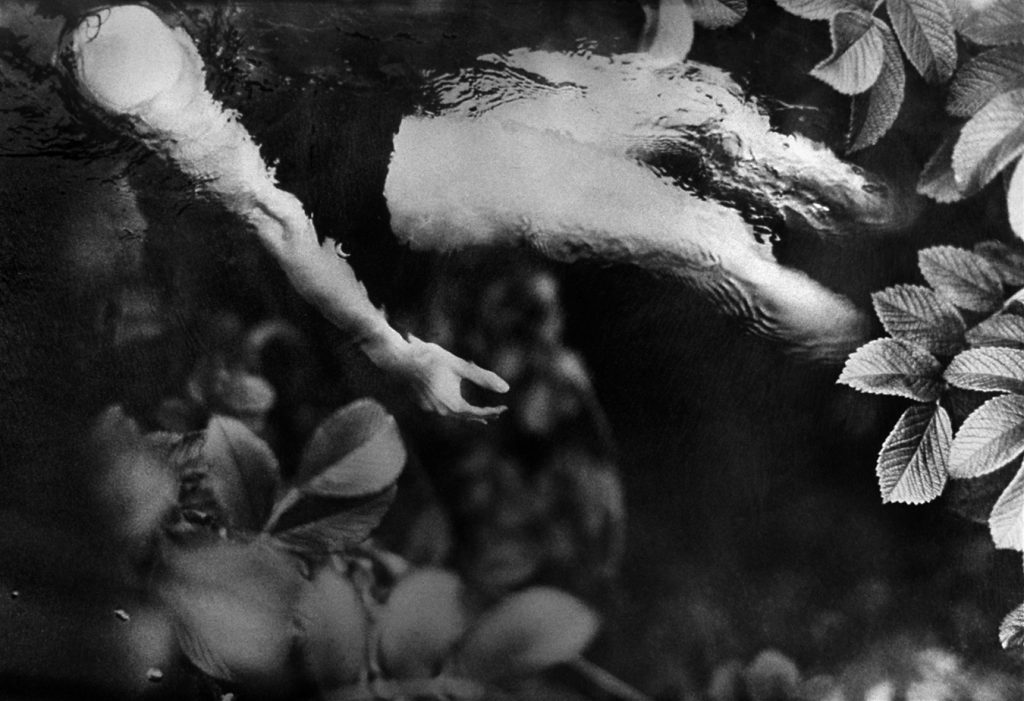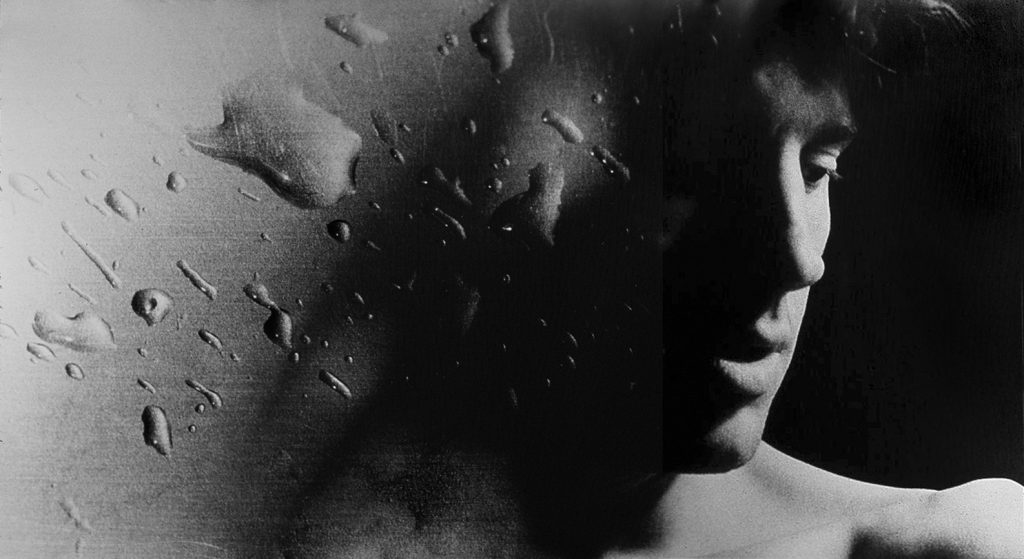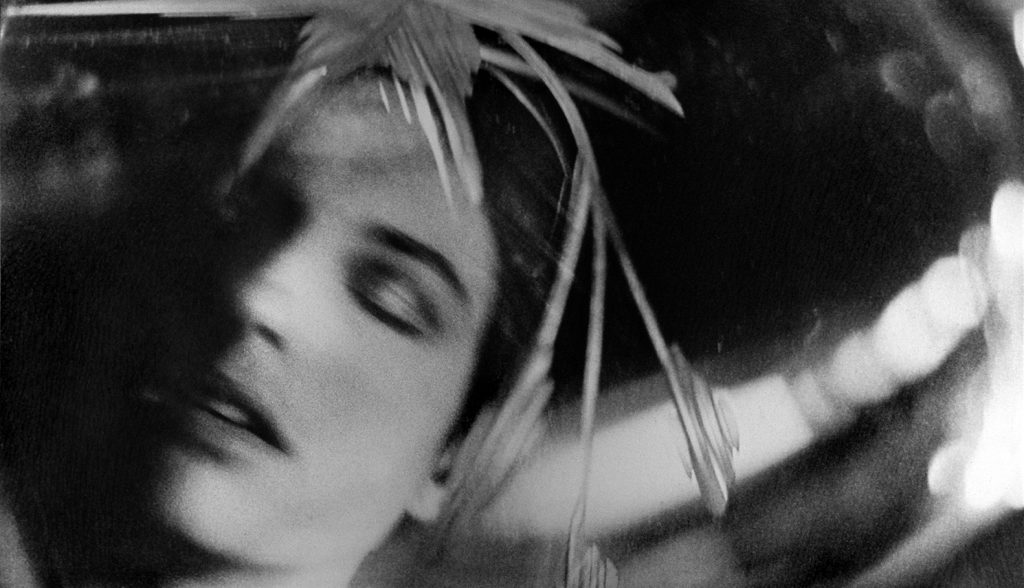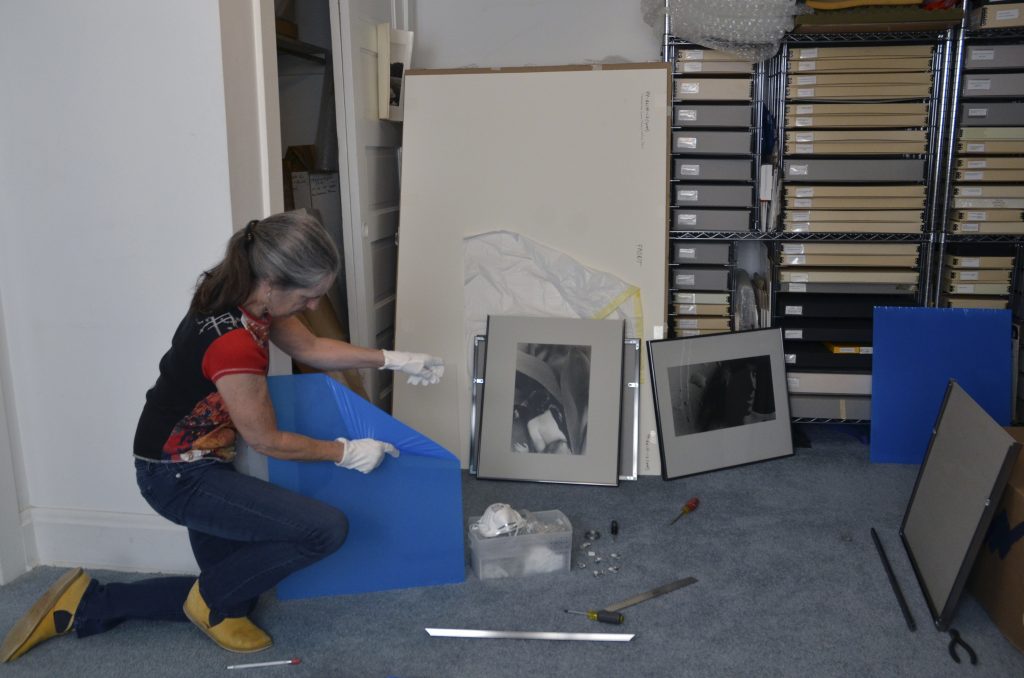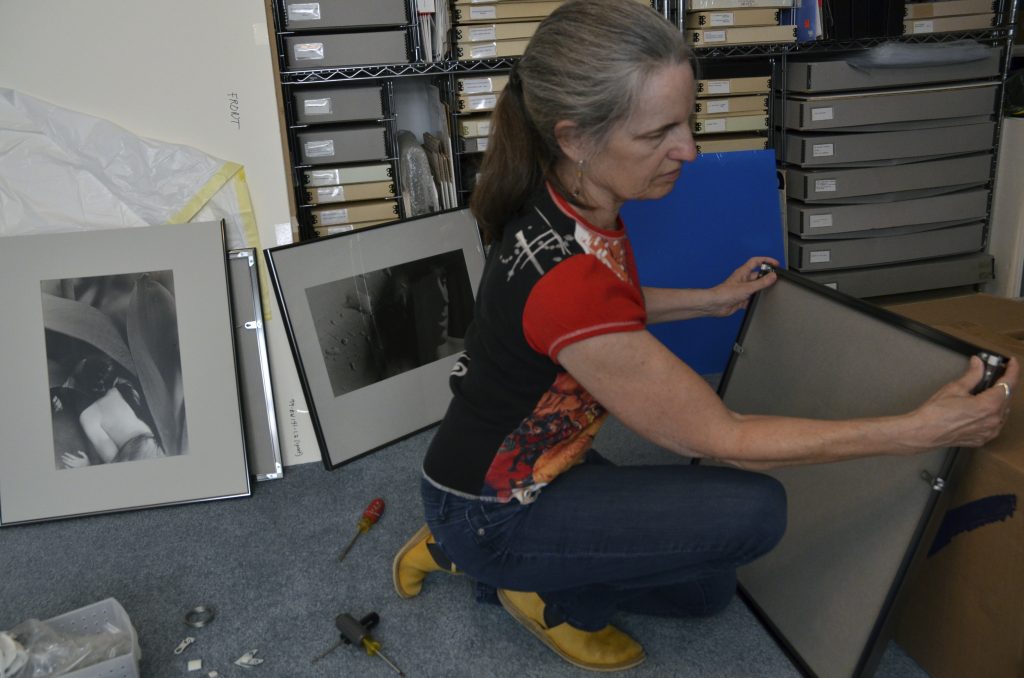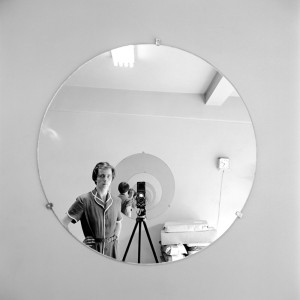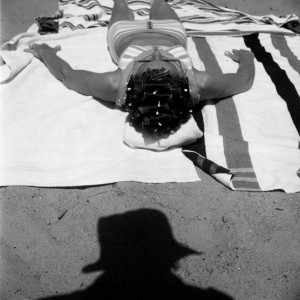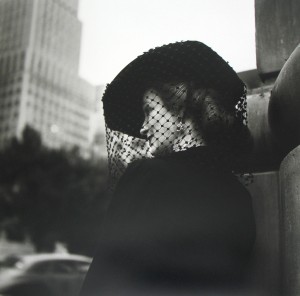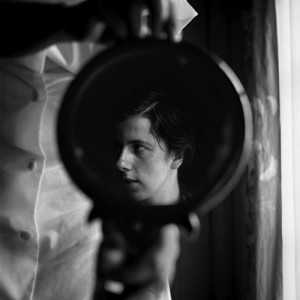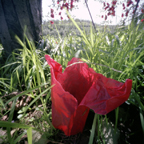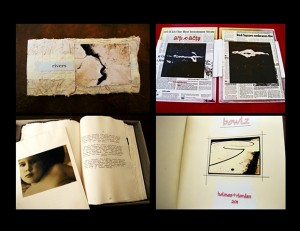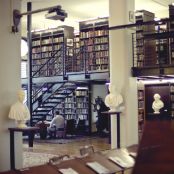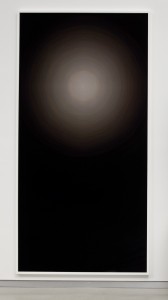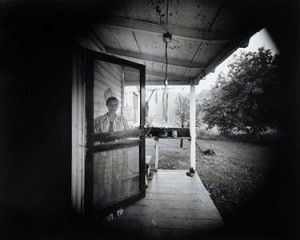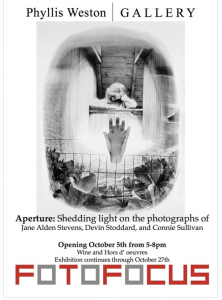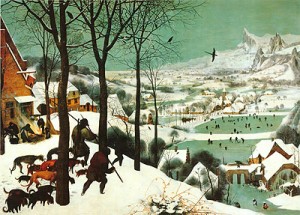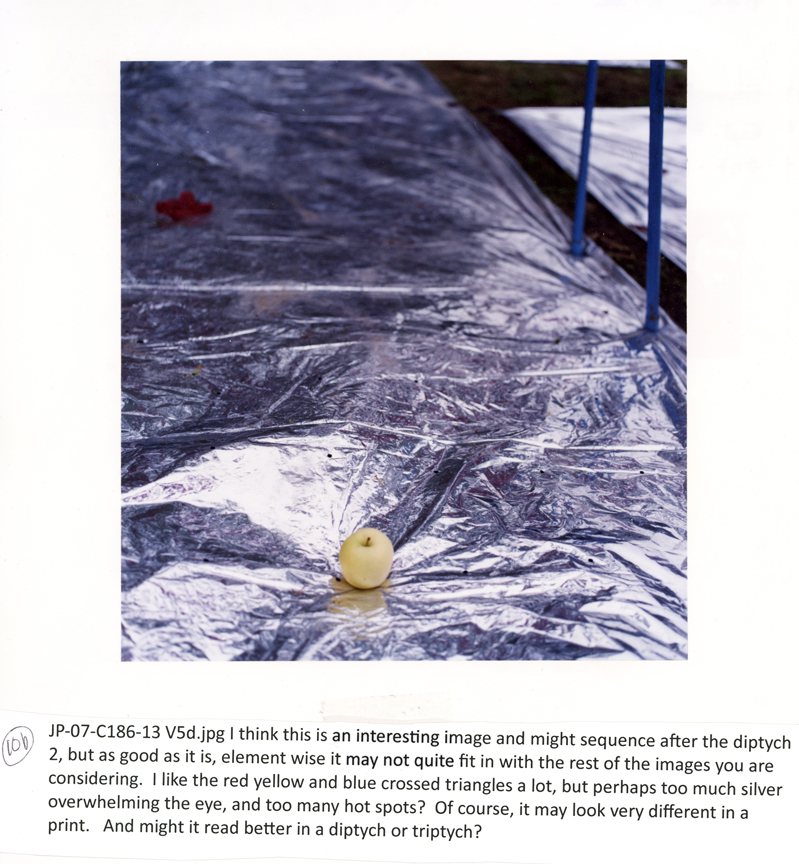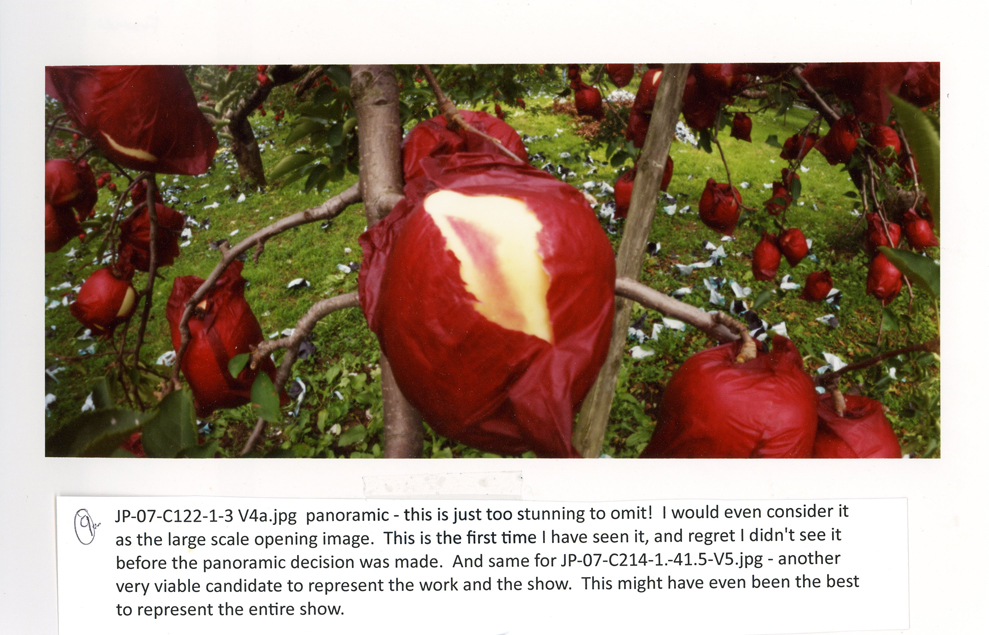Another show that made a big impression on me during FotoFocus was "Sheilah Wilson: If Becoming This" at the Herndon Gallery at Antioch College in Yellow Springs, OH. This exhibit contained a variety of work by the Nova Scotia native, who currently teaches at Denison University. She states that her "...photographic, video, social practice and performance work is interested in narrative and how to create ruptures in our understandings of narrative."
That perfectly describes the work in this show. To that, I would add that she is interested in how history and memory are intertwined. One example of that is "The Invisible Inside the Visible". This piece consists of one photograph, a written piece, and a sound recording. The large aerial color photograph shows a bit of ocean, the shoreline, and a piece of farmland that has meandering white lines (cow paths) through it. The eye is drawn to another white line, this one a large, regular oval that disappears as it gets close to the shore. This is what remains of a racetrack that used to be there.  The written wall plaque explains how Wilson found the racetrack, and on the sound recording, you can hear the voices of the locals who are describing how she could find it. The combination of sound, writing, and visual evidence compels the viewer to think about the shifting nature of memory, and of how the land itself can be a powerful repository of memory.
The written wall plaque explains how Wilson found the racetrack, and on the sound recording, you can hear the voices of the locals who are describing how she could find it. The combination of sound, writing, and visual evidence compels the viewer to think about the shifting nature of memory, and of how the land itself can be a powerful repository of memory.
Another piece, made for the series "You Are My Favorite Photograph", was the result of a performance that Wilson did when the show opened. Viewers wrote down a significant memory on a piece of paper. Wilson then laid down a piece of traditional light-sensitive photographic paper onto a bed she had installed in the gallery, put the written sheet under it, and slept on them overnight. (Multiple prints from this series are seen below.)

The resulting crinkly print, when developed, revealed mysterious shades and streaks of black, gray and white, which suggest the nebulous nature of memory itself.
I could write far more about other works in this show that were entirely different than the ones described above and just as powerful, but suffice it to say that the work of Sheilah Wilson is inventive, thought-provoking, and entirely alive.
The show is up at the Herndon Gallery until November 16. Go if you can!
